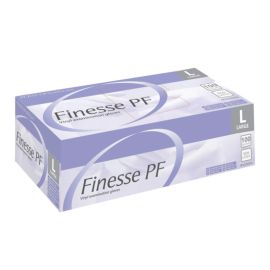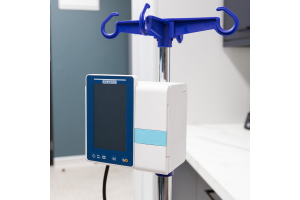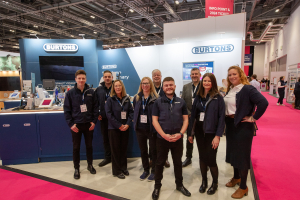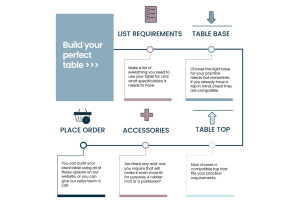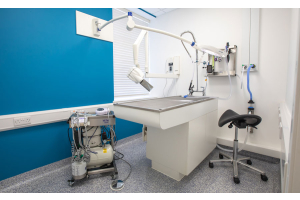
By Keith Simpson BVSc, MRCVS, MIET(Electronics) - Clinical Director
It is assumed that whichever system the bag is used in, it is allowed to hang freely without the bottom or sides touching any other object, even when inflated.
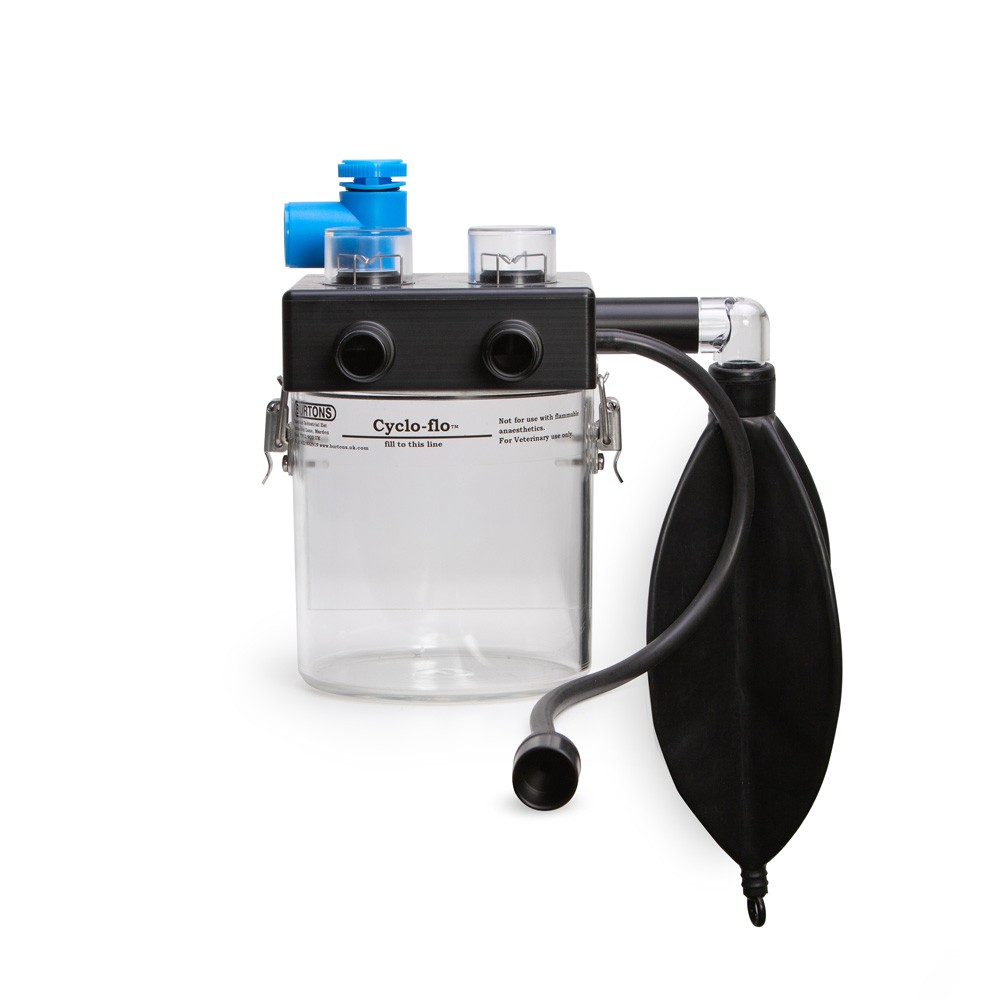
Most reservoir bags are very compliant until approximately half-full, at which point the distending walls of the bag begin to exert some back pressure and the pressure starts to rise quite rapidly. For bags less than half-full, the pressure is less than 1cm H2O. This is important because fully open APL valves will begin to let gas through at between 0.5 and 1.cm of water, which means that when a reservoir bag is more than half-full, the APL valve will open as the circuit pressure rises above 0.5 – 1.0 cm H2O.
Therefore, for efficient operation in a circle or Mapleson A or D type circuit, the bag size in actual use is half of the size written on the bag.
The reservoir bag should hold enough gas at half-full so that a maximal inspiration is supported. A maximal inspiration is regarded as 3 x Tidal Volume, so a 25kg dog may take a maximal inspiration of 750ml, or a 500kg horse a maximal inspiration of 15L. This maximal inspiration must be accommodated by the gas held in half of the reservoir bag, which is the reason why the reservoir bag size should be selected to be at least 6 times the tidal volume of the patient.
From this, the general guidelines are:
- 1.0L bag is suitable for animals up to 15kg
- 2.0L bag is suitable for animals up to 30kg
- 5.0L bag is suitable for animals up to 80 kg
If a larger bag than recommended is used, then this presents no problem to the patient. However, the additional circuit volume may reduce responsiveness to changes in agent levels in a circle system. In a Mapleson A or D circuit a bag that is too large presents a risk of over inflation if used for manual IPPV.






